Around a Small Mountain/36 vues du Pic Saint Loup [Frappat
writes ] "casts a novel, unprecedented, never seen before" light [
un eclairage 'inoui, inedit, jamais donne' jusqu’a maintenant'] on Jacques Rivette's oeuvre. The quote is from Vittorio (Sergio Castellitto), a new, Italian incarnation of of the mysterious character of guide/savior/intercessor whose mission, since
Va savoir, consists in releasing a princess from her spell -- in other words, her past or her grief. This gracious princess inconsolably mourning her late love by a graveside (like John Wayne talking to his departed wife in
She Wore A Yellow Ribbon), is Jane Birkin.
Having played the ingenue in
L'Amour par terre and the great painter's former model in
La Belle Noiseuse, Jane Birkin strips bare, in
Around a Small Mountain, the enigma of all Rivette's heroines: confined behind the bars of the Rue de Rivoli, in a moment of distraction snatched from the film's Cevennes mountains, she brings to mind Anna Karina, imprisoned in a convent in
La Religieuse, haunted by a mistake she didn't make her heart aches like Sandrine Bonnaire's in
Secret Defense; madly in love with a ghost, like Pauline (Bulle Ogier) in
Out 1, she moves like a tightrope walker in an intermediate state between life and death similar to the coma from which Louise (Marianne Denicourt) emerges at the start of
Haut Bas Fragile.
Yet
Around a Small Mountain introduces a novel space-time that changes the rules of the game: the circus. Despite appearances, the circus is not the continuation of theater by other means. Jacques Rivette makes it a synthesis: it's a magic circle of light, surrounded by banks of empty seats, occupied after nightfall by whispering ghosts closed in by crinkled walls of blue canvas.
Since
Paris nous appartient, the theater has constituted an acid test for Rivette's heroines, each novice actor becoming herself through the words of someone else : her role. For the traps of theatrical language, the circus substitutes clown's masks and acrobats' death-defying feats: 'It's the most dangerous place in the world where anything's possible, where eyes are opening and my eyes were opened.' Like
Lola Montes, fully aware that she risks her life in the ring, Kate (Jane Birkin) must perform the whip number in order to be excised of her grief. 'I feel like I've had an operation. I'd become used to my sickness, to my grief.' Interpreting Rilke's advice to a young poet, Vittorio, who stages the risky number designed to free Kate of the memory that stops her from living (the tragic death fifteen years earlier of the man she loved), provides one of the keys to the puzzle: 'All the dragons in our lives are perhaps princesses in distress asking to be released.'
In Jacques Rivette's oeuvre, the circus becomes the images of the peril that art compels us to confront in order to release our fears. Unlike the heroines of
Haut Bas Fragile who develop 'terrifying games' because 'there's no bigger thrill than fear,' Vittorio, the accidental stage director, gives himself the mission of saving princesses.
In this respect,
Around a Small Mountain is an encapsulation or even, to employ an expression rarely used today, poetic art: Jacques Rivette provides his audience with a stunning opportunity, in 84 magical minutes, to experience the existential test to which art (occasionally) raises us.
All it took him was a few blue-dyed clothes floating on the surface of a river, a makeshift table where the fruit stands out like a still life, lovers looking for or dodging each other in the undergrowth, a clown looking us in the eye ('All's well that ends well!') a circus tent framing the trees' green foliage, a full moon over the mountains, watching over our dreams. All is well that ends well: as Jacques Rivette allows us to discover today, 'it's art that makes life' and not the contrary.
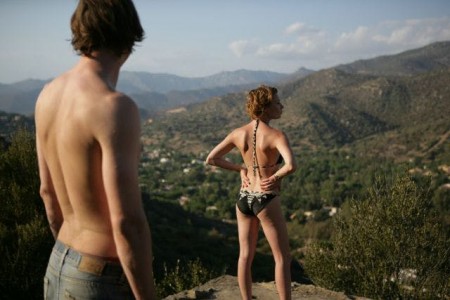




 Reply With Quote
Reply With Quote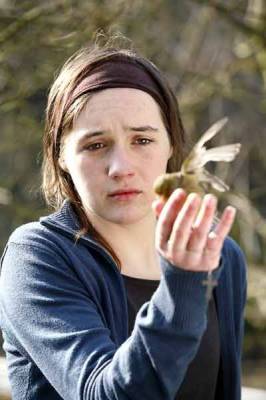
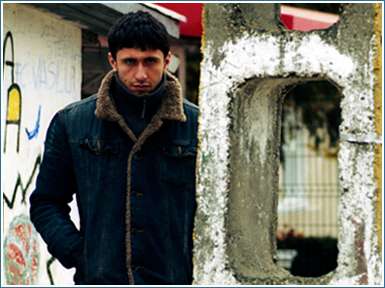
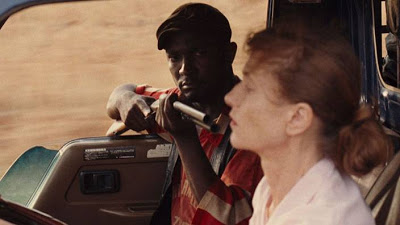
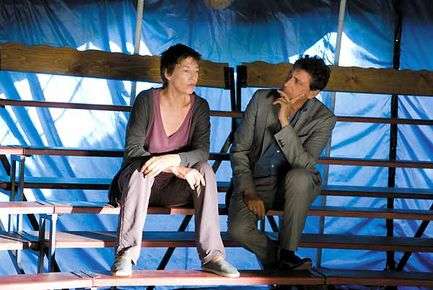
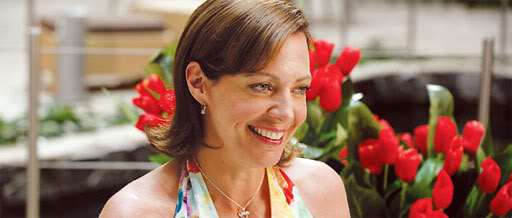

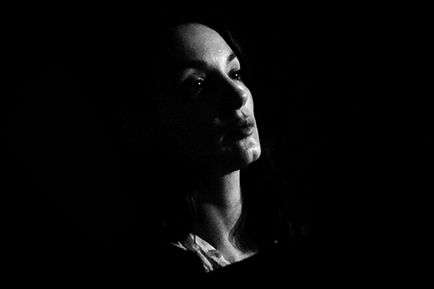
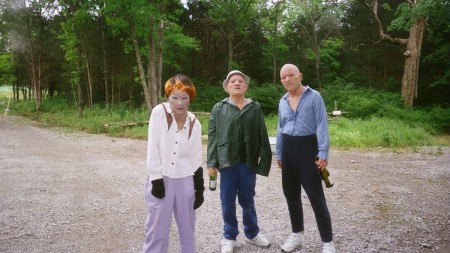

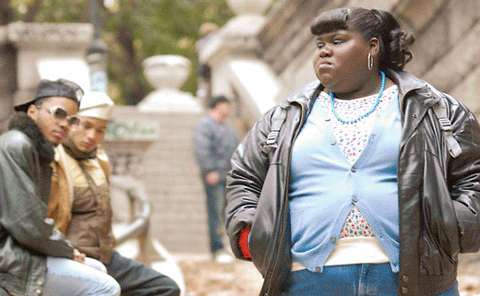

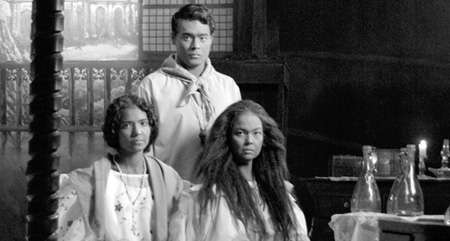

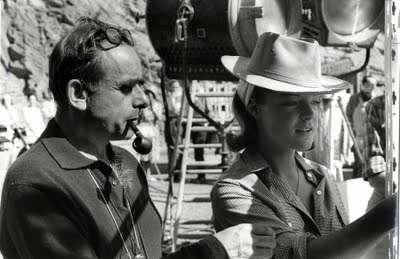

Bookmarks